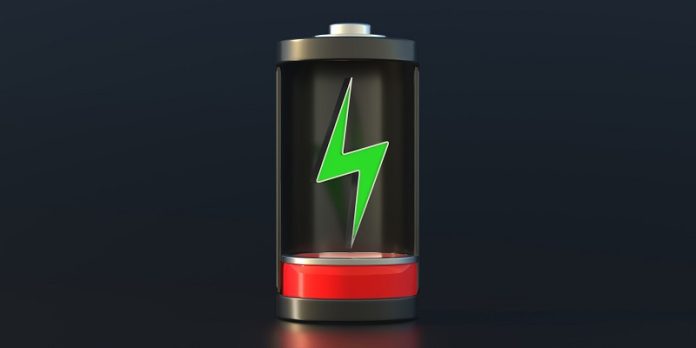
Researchers have discovered that the manufacturing and disposal of lithium ion batteries is a large and growing source of environmental contamination from a sub-class of so-called “forever chemicals.”
Since the discovery of GenX in the Cape Fear River in 2017, Lee Ferguson, professor of civil and environmental engineering at Duke University, has been a leading figure in sussing out other per- and polyfluoroalkyl substances (PFAS) compounds in water supplies across North Carolina and the nation.
In a new study, Ferguson and colleagues identified the production and disposal of lithium-ion batteries as an increasing source of a troubling sub-class of PFAS contamination.
Called bis-perfluoroalkyl sulfonimides (bis-FASIs), these chemicals show environmental persistence and ecotoxicity comparable to older notorious compounds like PFOA and GenX.
“We’ve discovered that an understudied type of PFAS or ‘forever chemicals’ called bis-FASIs, such as those used in lithium-ion battery production, are an emerging issue not only for communities near manufacturing sites, but also anywhere these batteries are thrown away,” says Ferguson.
“In North Carolina specifically, we’ve found these chemicals seeping from landfills into leachates, which highlights the need for more studies to assess the sources and spreading of these compounds here and across the country.”
The researchers sampled air, water, snow, soil, and sediment near manufacturing plants in Minnesota, Kentucky, Belgium, and France. The bis-FASI concentrations in these samples were commonly at parts per billion levels.
The EPA recently set the maximum level for similar PFOA and PFOS compounds a thousand times lower at four parts per trillion.
Analysis of several municipal landfill leachates in the Southeastern US also revealed bis-FASI concentrations approaching one part per billion, indicating that these compounds can enter the environment through disposal of products including lithium-ion batteries.
Toxicity testing demonstrated that concentrations of bis-FAS similar to those found at the sampling sites can change behavior and fundamental energy metabolic processes of aquatic organisms. Bis-FASI toxicity has not yet been studied in humans, though other, more well-studied PFAS are linked to cancer, infertility, and other serious health harms.
“Our results reveal a dilemma associated with manufacturing, disposal, and recycling of clean energy infrastructure,” says author Jennifer Guelfo, associate professor of environmental engineering at Texas Tech University. “Slashing CO2 emissions with innovations like electric cars is critical, but it shouldn’t come with the side effect of increasing PFAS pollution.”
Treatability testing showed that bis-FASIs did not break down during oxidation, which has also been observed for other PFAS such as PFOS and highlights the persistence of this lesser-studied group of PFAS. However, data showed that concentrations of bis-FASIs in water could be reduced using granular activated carbon and ion exchange, methods that are already used to remove PFAS from drinking water.
“These results illustrate that treatment approaches designed for PFOA and PFOS can also remove bis-FASIs,” Ferguson says. “Use of these approaches is likely to increase as treatment facilities are upgraded to comply with newly enacted EPA Maximum Contaminant Levels for PFAS.”
The research appears in Nature Communications.



